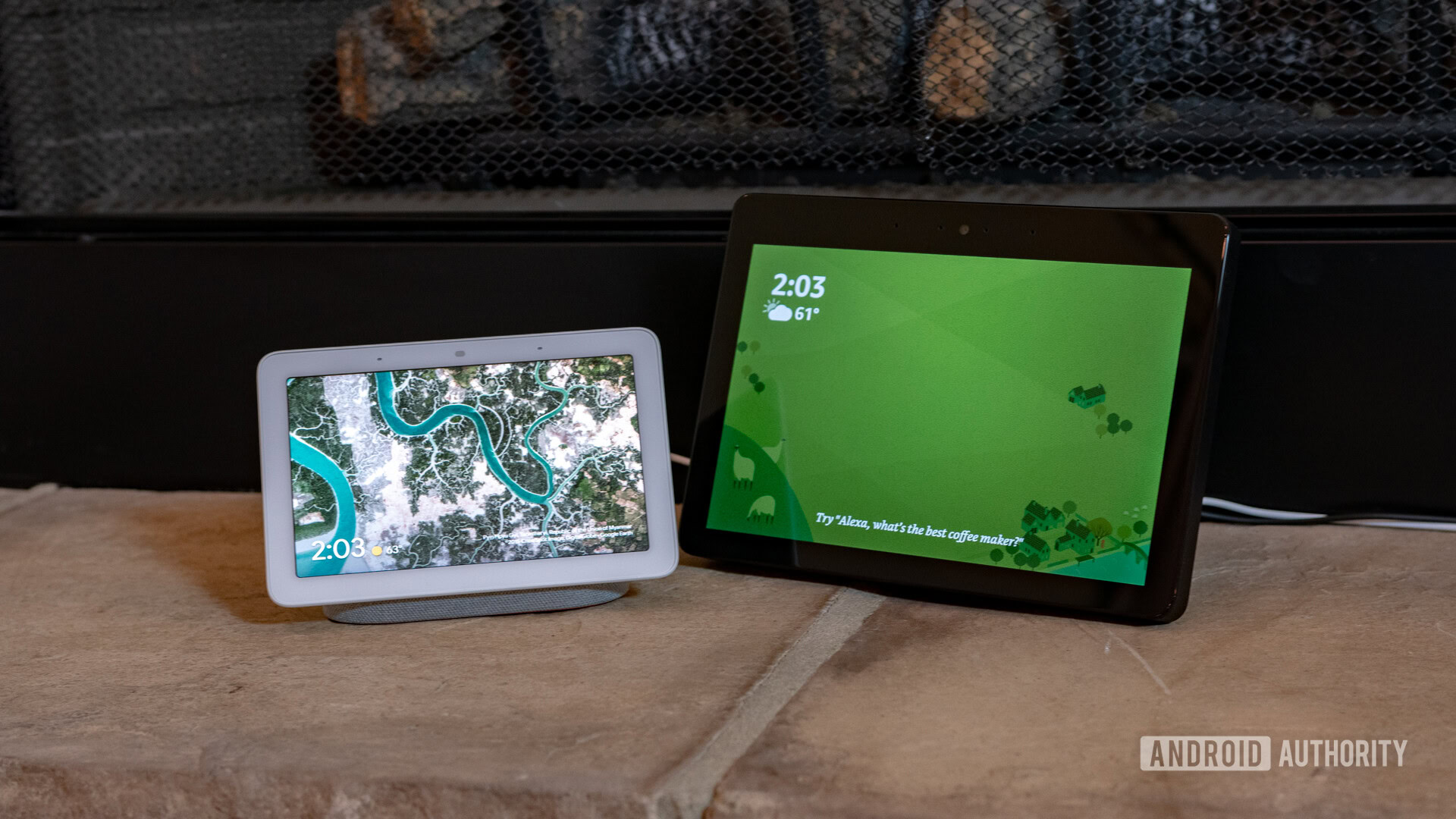
In the smart home world, and digital assistants in general, there are only two major platforms if you’re not using Apple devices: Amazon Alexa and Google Assistant. Sure, Microsoft and Samsung have their own creations, but Cortana is effectively dead in the water — and while Samsung’s SmartThings platform is competent, few people are fans of its Bixby assistant.
This guide will explain the core differences between Alexa and Google Assistant and which one you should choose for a smart home ecosystem versus just your phone.
Alexa vs Google Assistant
Core differences
Responsiveness
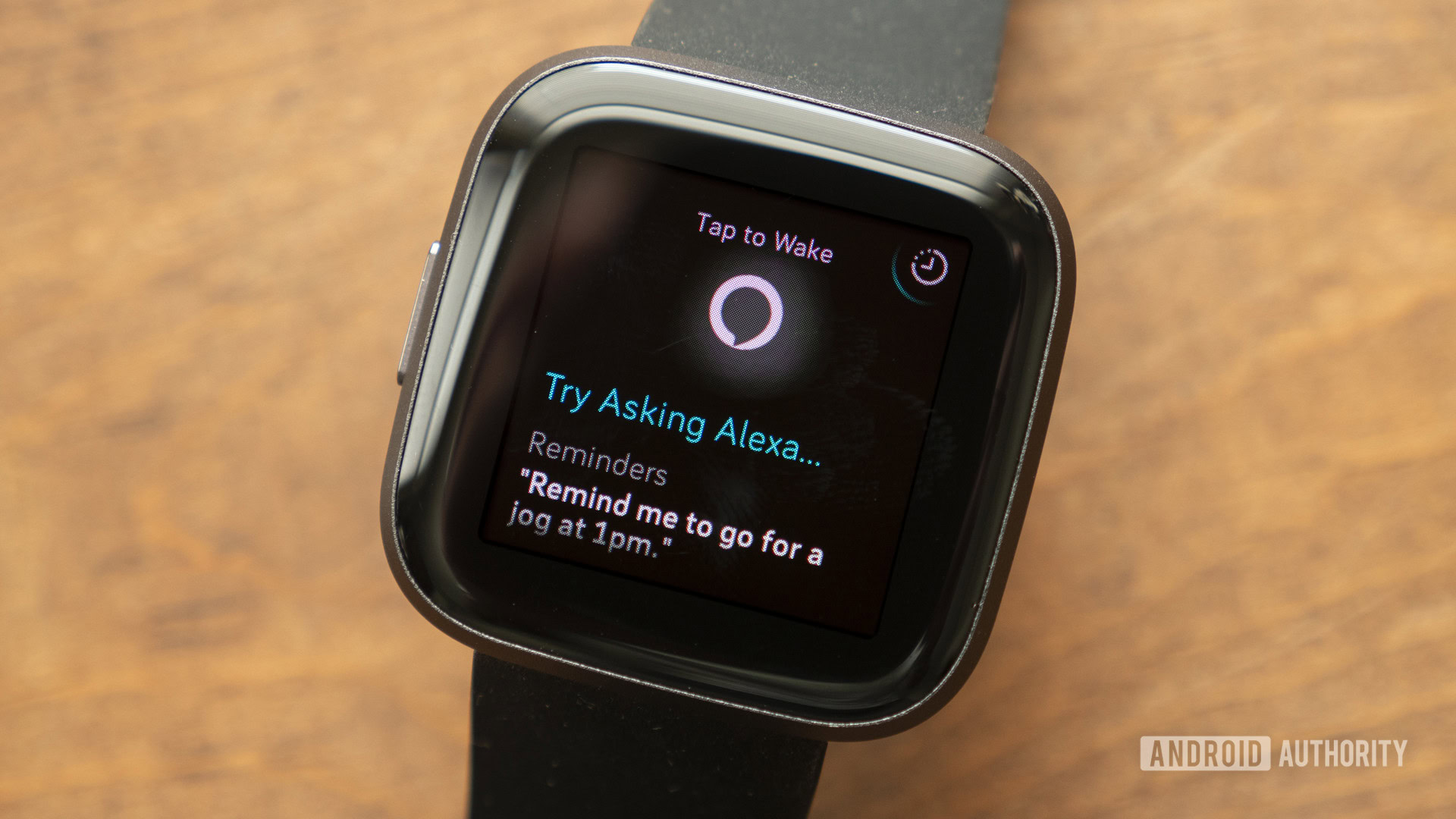
As a rule, Alexa requires specific commands to be understood. Amazon has done a good job accommodating alternate phrasings — “turn the volume to 10” accomplishes the same thing as “set the volume to 100%,” for a basic example — but there’s still the potential for it to get confused if you get creative.
Google Assistant isn’t going to pass for human, but it does better at context.
Google Assistant isn’t going to pass for human, but it does better at context. If you have accessories named “TV Light 1” and “TV Light 2,” for example, and ask the Assistant to “turn off the TV lights,” it understands what that means. Alexa requires creating a “TV Lights” group for the same effect.
One area Alexa wins is in wake words. Whereas Google Assistant is limited to “OK Google” or “Hey Google,” Alexa offers its namesake as well as “Computer,” “Echo,” “Amazon,” or “Ziggy.” That may not sound like a big deal, but choosing alternate words can avoid accidental triggers, and sometimes “Google” comes out as a gurgling sound.
See also: How to use Amazon Alexa
Skills and actions
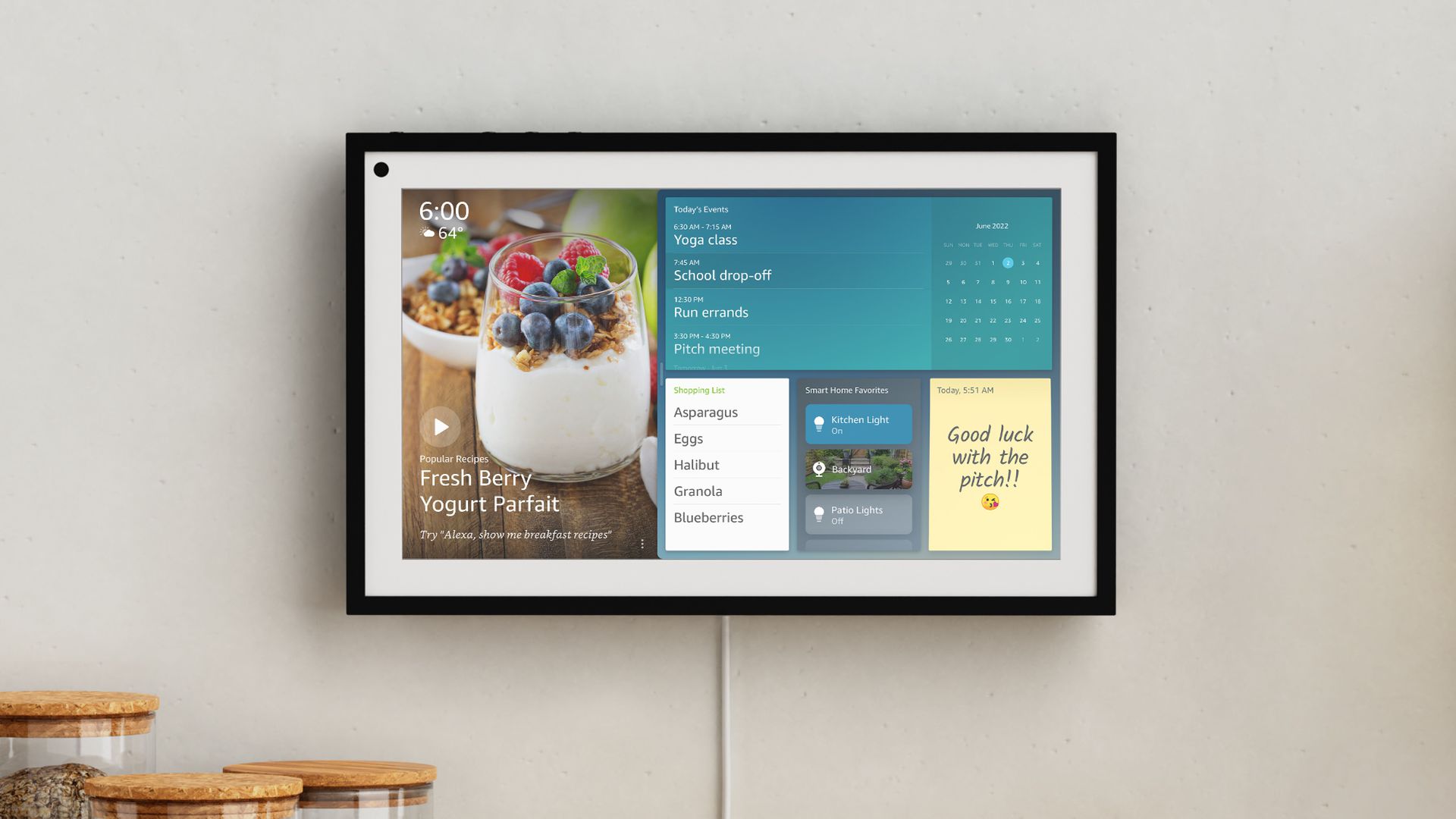
Alexa has a huge array of add-on abilities, which Amazon dubs “skills.” Many of these are mandatory if you want to use a particular product or service, such as Lifx, NPR, or Spotify. These can, however, add entirely unique functions, such as Big Sky‘s ultra-detailed weather reports or the educational content in NASA Mars. You may sometimes have to “ask” or “open” a skill to do something if a function type isn’t baked into Alexa.
Google Assistant has an equivalent called “actions.” There are more Alexa skills, if that’s what matters to you, but you won’t find any serious deficiencies in Assistant. The latter is also the only option with native YouTube integration unless you’re using Alexa on a Fire TV streamer. If you’re on an Echo Show display, you can only open YouTube in a web browser, and you can forget about YouTube Music or YouTube TV.
Knowledge base
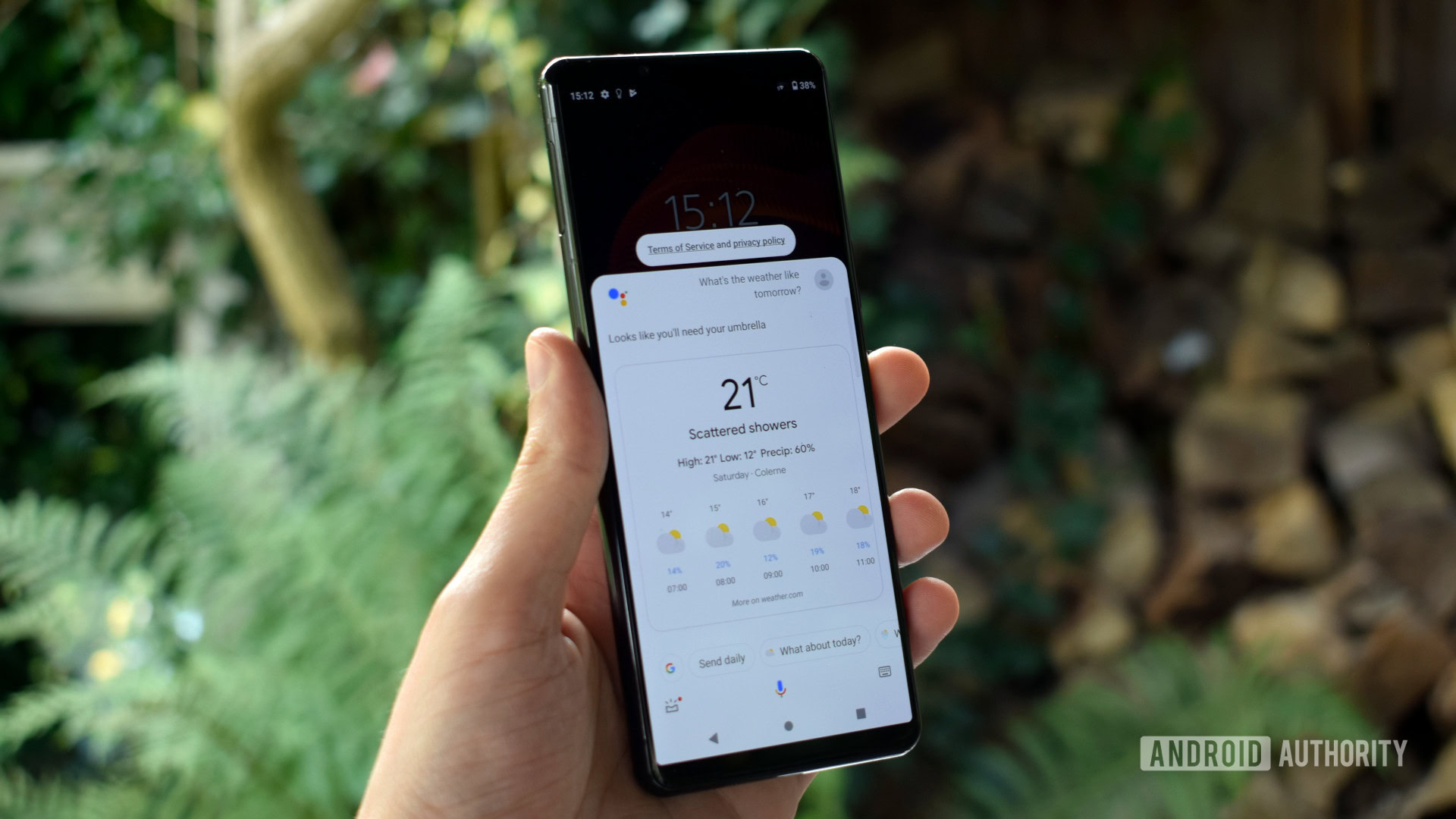
Robert Triggs / Android Authority
Alexa quickly answers common questions, like the distance to the sun or the name of Canada’s prime minister. When that’s not enough, it can fall back on services like IMDb (which Amazon owns) or Wikipedia, although there are some gaps in its wisdom.
When it comes to answering anything you can think of, Assistant is king. The reason, of course, is Google Search, which effectively gives Assistant the world’s collective knowledge. There’s also its linkage with Google Maps, although Alexa can still provide things like commute times and business hours.
Mild skepticism is called for. While Google’s sources are usually reliable, obscure questions could force it to scrape from random web pages, producing weird or outright inaccurate answers. However, the problem is rare enough that you might never run into it.
Multiple commands
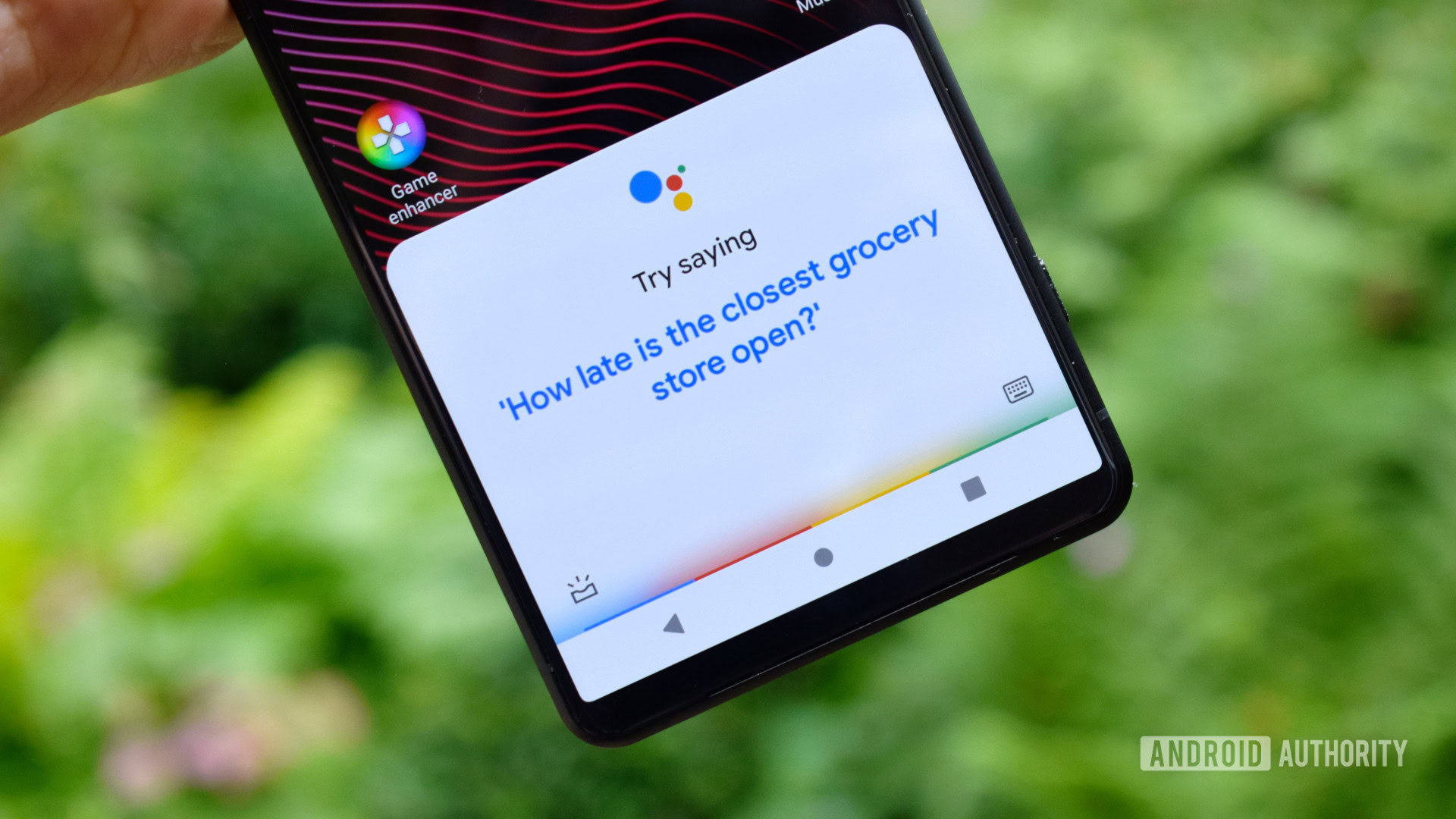
Robert Triggs / Android Authority
Another area where Google reigns is in multiple voice commands. While it’s best to keep things short and sweet, you can often combine two commands in the same sentence, for instance, by saying “set the volume to 5 and play NPR” or “turn on the bedroom and bathroom.” It’s a time-saver that feels more natural to boot.
For whatever reason, Amazon has yet to catch up. Alexa does have a Follow-Up mode, but you have to manually enable it in the Alexa app, and all it does is allow follow-up commands without repeating the wake word. It’s barely any more efficient since you’re still using two full sentences.
Integrated services

As you’d assume, Amazon and Google default to first-party services whenever possible. That includes calendars, lists, reminders, music, and more. For example, Alexa defaults to Amazon Music, while Assistant is hooked into YouTube Music. There are free versions of both of those services, but you’ll need to pay up if you want to hear specific songs on-demand.
Service access can vary from region to region. If you’re subscribed to Amazon Prime, US benefits include a mid-tier version of Amazon Music with podcasts and two million songs, plus a discount if you upgrade to Music Unlimited, which has 70 million tracks. You’ll also get access to Prime Video and photo backup with Amazon Photos.
There’s no direct equivalent to Prime on Google’s side. Still, if you spring for YouTube Premium, you’ll not only get ad-free videos but access to YouTube Music Premium, which offers perks similar to Amazon Music Unlimited. You can subscribe to Music Premium on its own, but in the US, going full Premium costs just $2 extra per month, making it the better deal. Google Photos, notably, is free only as long as you stay under your Google account’s 15GB threshold. You’ll have to buy a Google One subscription to expand that storage.
If you’re a YouTube diehard, you’re going to need Assistant.
Some good news is that outside of photos, both platforms support plenty of third-party alternatives. They each allow Spotify, Apple Music, Deezer, and more for music, not to mention video services like Netflix and HBO Max. As we’ve said before, though, if you’re a YouTube diehard, you’re going to need Assistant.
Whether you choose Alexa or Assistant, using preferred services sometimes requires extra steps. Take calendars — Assistant users need to import third-party data into Google Calendar. Alexa supports linking outside accounts, but you’re limited to Google, Microsoft, or Apple iCloud.
Google Cast
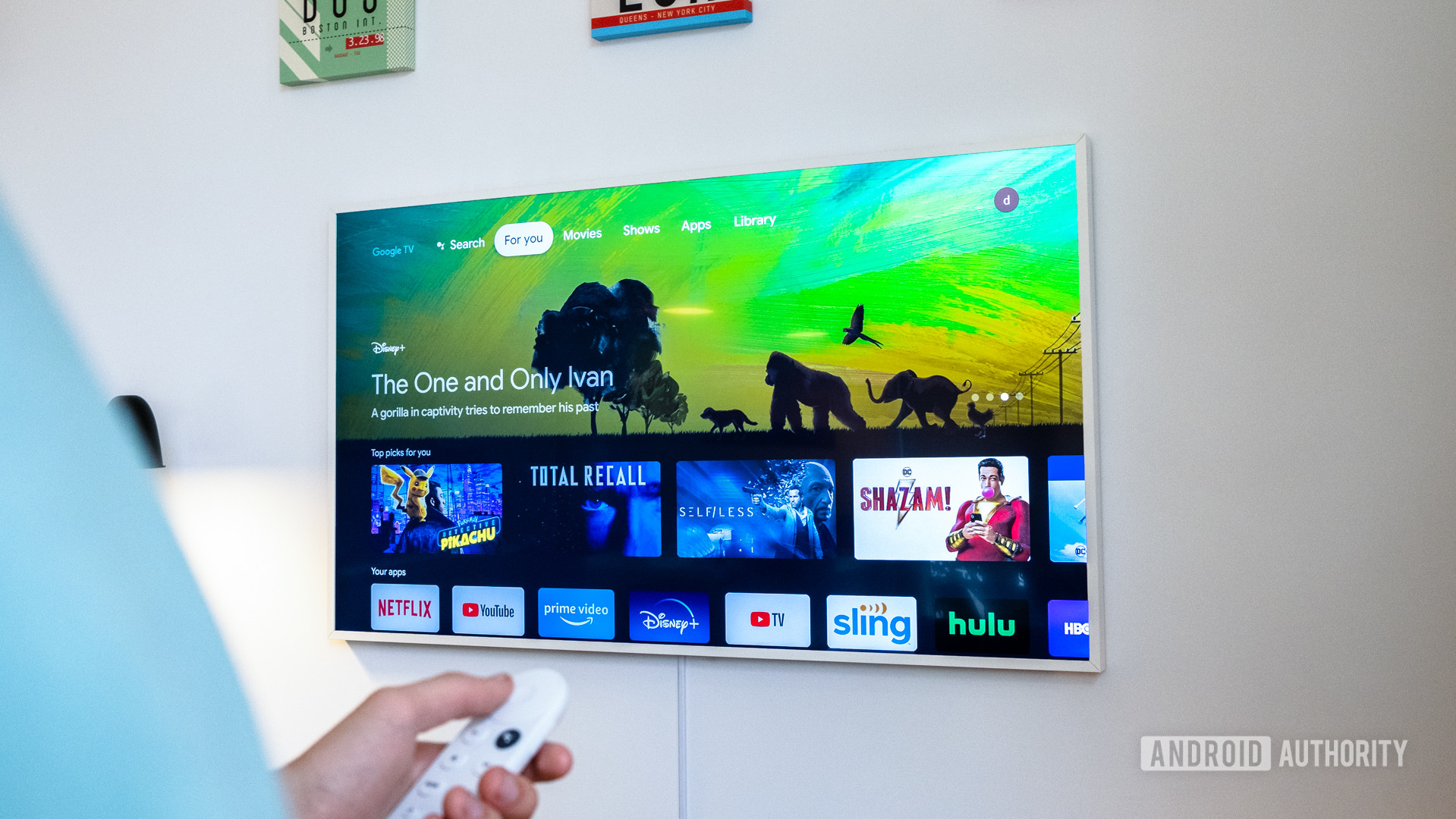
David Imel / Android Authority
While Amazon’s platform offers ways for pushing media from your phone, computer, or tablet to something like a Fire TV, Google Cast is simpler, and an undeniable advantage of Assistant. Many modern TVs support Cast out of the box, and you can also push media to Chromecasts, select smart speakers, or Google-based smart displays.
Read more: The best smart displays
For video specifically, Casting opens up more services on smart displays, and often makes it easier to control media on a TV since you’re using an app instead of a remote. Alexa products are limited to whatever video apps are directly installed, workarounds notwithstanding.
Within the limitations above, both Alexa and Google Assistant make it fairly easy to control media with your voice. For example, if you’re listening to music on one speaker, you can ask to move it to a different room or group so long as you remember its name in the Alexa or Google Home apps.
Calling
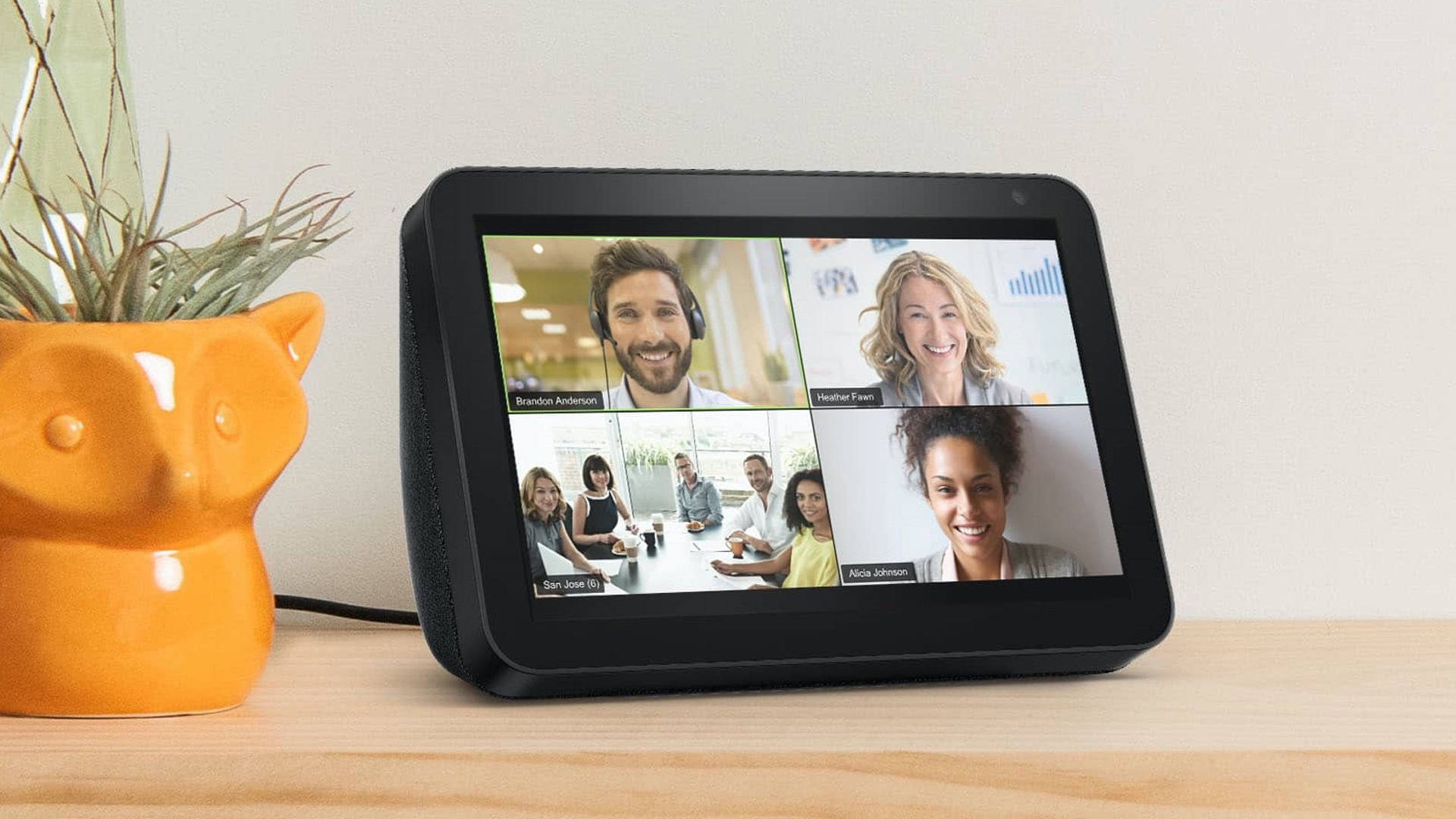
So long as you and the recipient(s) are in the US, UK, Canada, or Mexico, you can use Alexa speakers or displays to call most non-emergency mobile or landline phones. On top of this, Echo Shows support video calls through Skype, Zoom, or Amazon’s own backend. When taking (or making) a call through that third option, people can use the Alexa app if they don’t have a Show.
Google Assistant is comparatively limited on smart speakers and displays, restricting calls to Google Duo, numbers in your Google Contacts, or one of a handful of carrier partnerships the company has worldwide. On your smartphone, though, Assistant does have a party trick: Google Duplex, which in supported regions can book some reservations for you or hold your spot in an automated phone system.
Languages
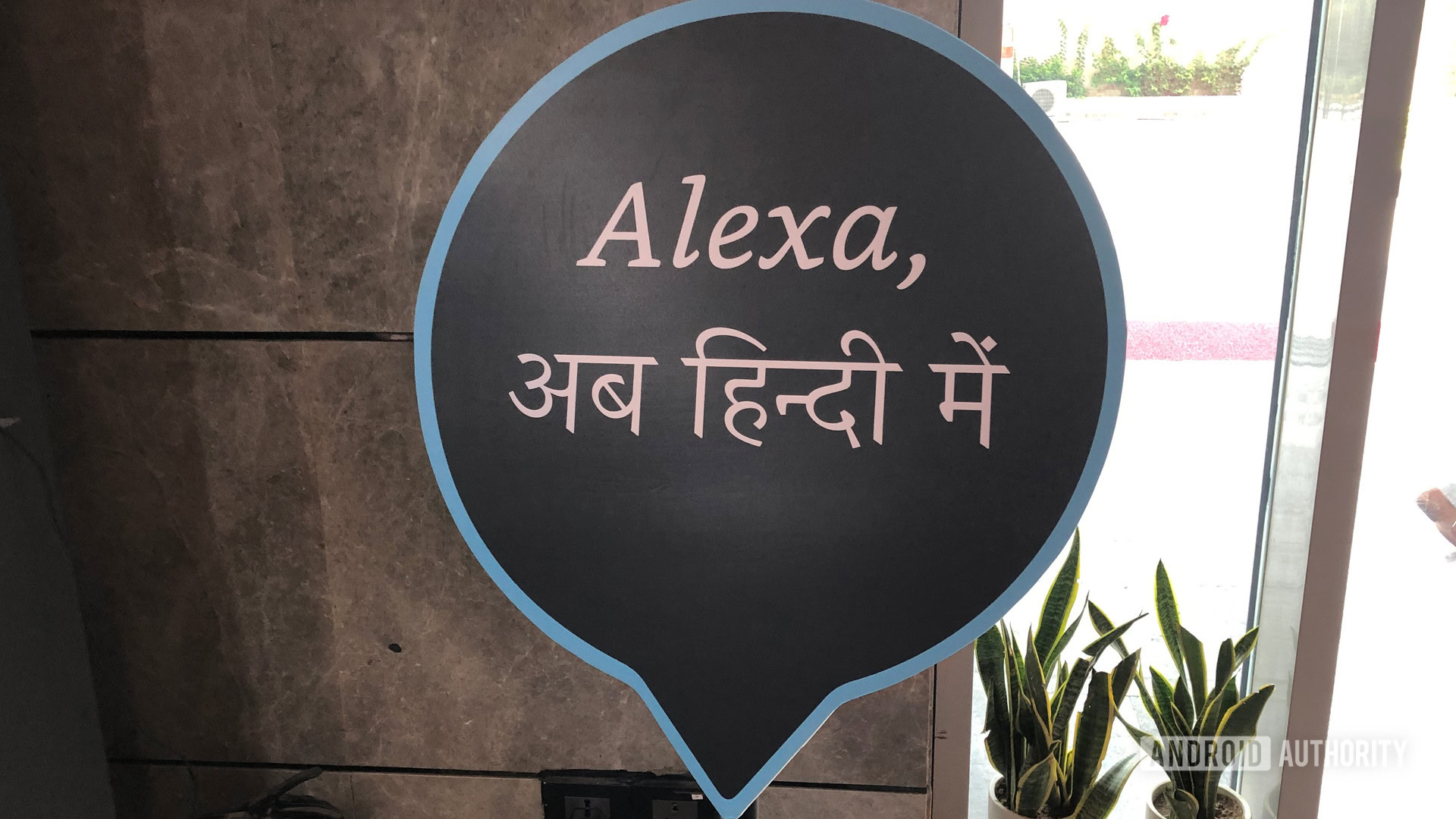
Currently Alexa can speak English, French, Spanish, German, Italian, Hindi, Japanese, and Portuguese. Alternate dialects may be available, and sometimes, multiple languages can be used simultaneously. In the US, you can choose not just English or Spanish, but a combination of the two if you’re in a multilingual household.
Amazon does limit which languages are officially supported in each region. It’s possible to go outside these boundaries, but that’s unwise, since it can disable some Alexa features.
Depending on your region and device, Google Assistant supports English, Danish, Dutch, French, German, Hindi, Italian, Japanese, Norwegian, Korean, Spanish, Swedish, Thai, and/or Mandarin (in Taiwan). You can enable two languages simultaneously, but you can’t use both in the same sentence, and those device restrictions can rear their heads in odd places. For instance, Canadians can use a Nest Hub Max in English or French, but the same display only supports English in the US.
Supported devices and pricing
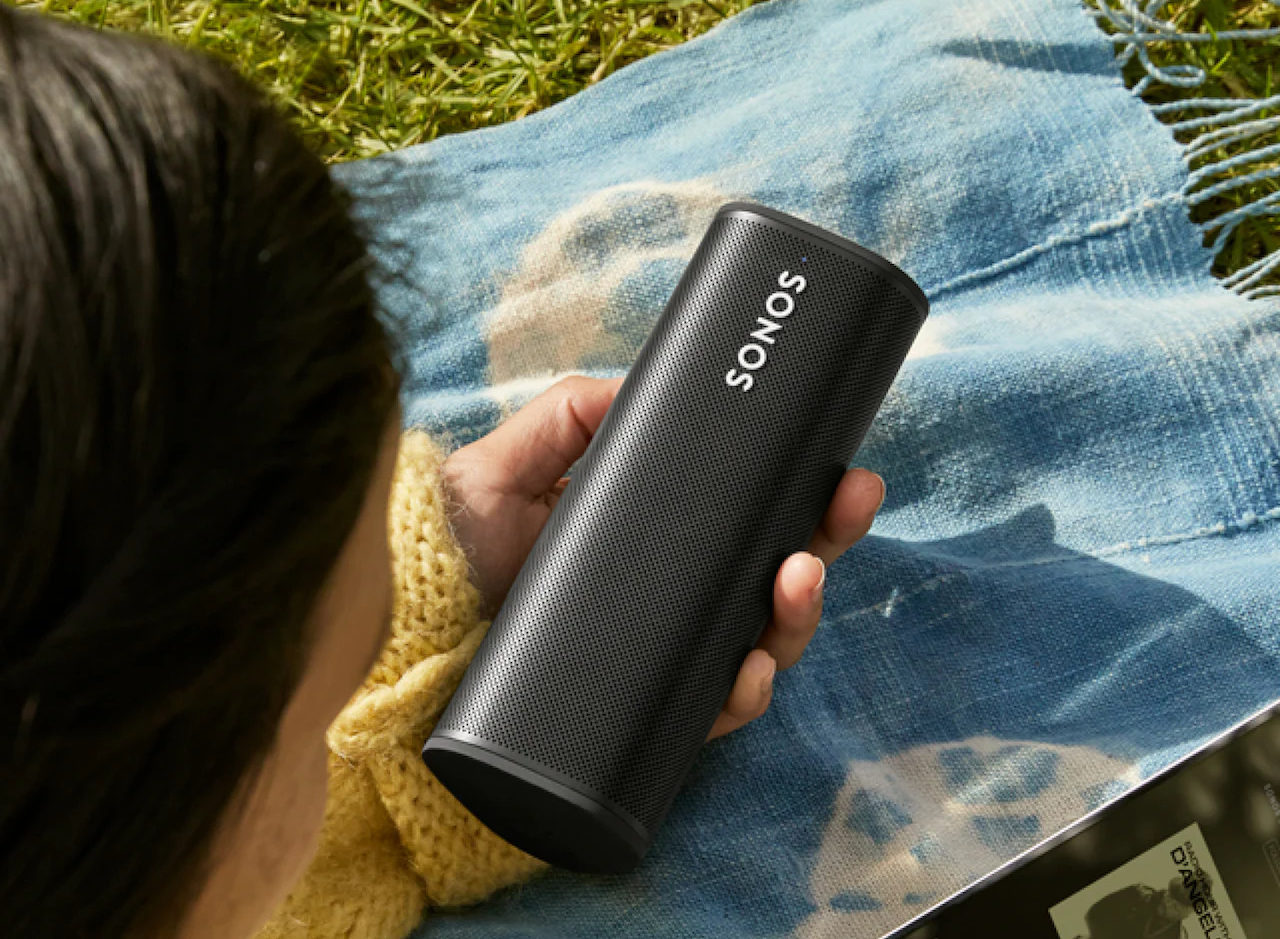
Each platform offers a variety of first-party speakers, displays, and other products. There are too many options to list here, though you might want to check out our lists of the best Amazon Echo devices and best Google products. Typically the companies charge similar prices, although Amazon tends to offer better deals whenever it runs a sale.
Google has one obvious advantage in that Assistant is integrated into most Android and Wear OS devices and anything Chrome or Android Auto. In contrast, you frequently have to install or activate Alexa on a device if it’s not an Amazon product.
Alexa tends to have a broader range of third-party speakers to choose from, even if you can still find a decent number with Assistant or the option to flip between the two, as with Sonos gear. And while Assistant is the only platform with third-party smart displays, there are so many Echo Show models that it may not matter.
You can even find Alexa and Assistant on some TVs, based on Fire TV or Android TV, respectively. We recommend that you rely on an add-on streamer, however, for reasons we explain here.
More: The best smart speakers you can buy
Alexa vs Google Assistant: Which is better for a smart home?
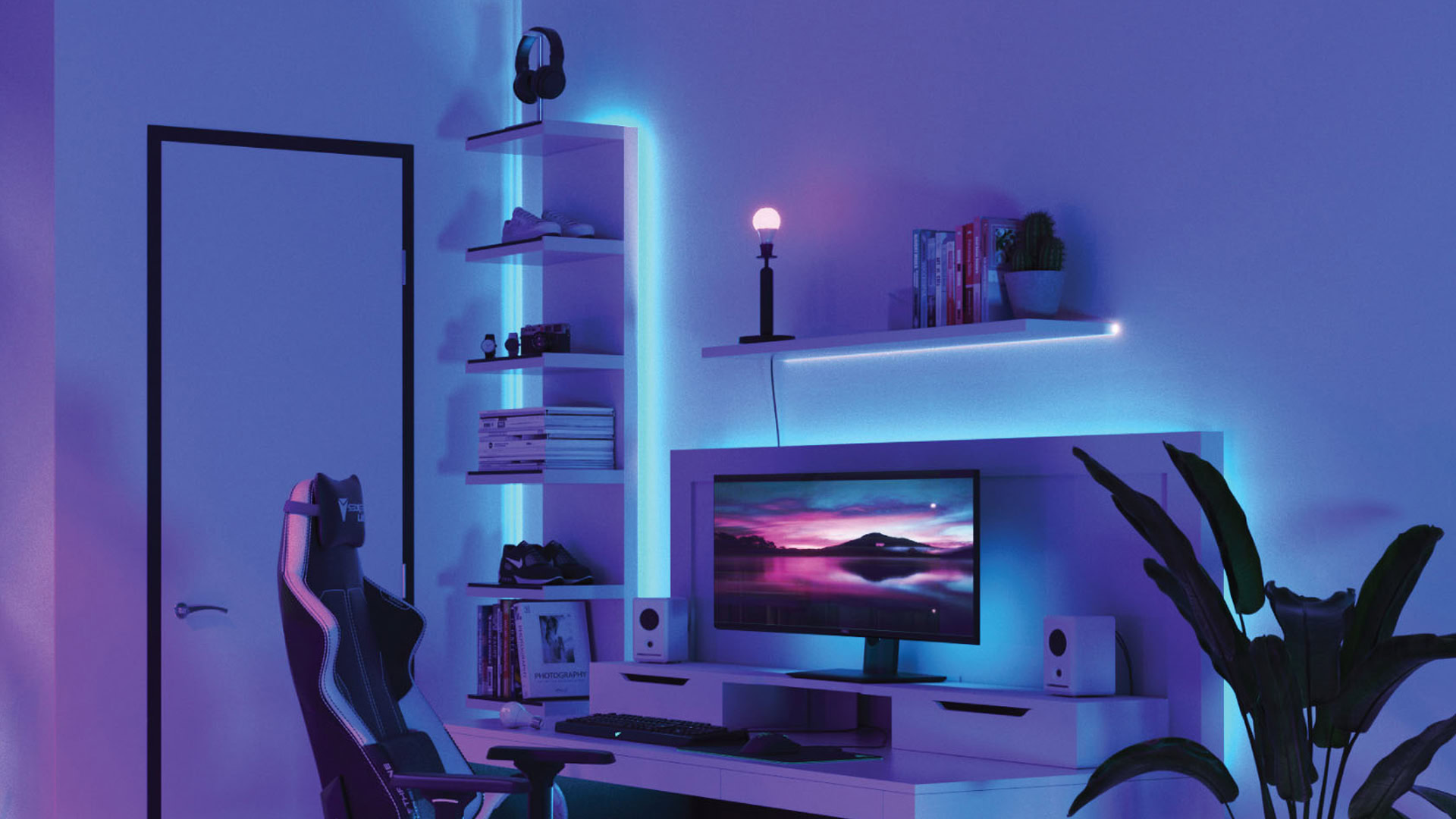
For most people, Alexa is the safer bet. It has a larger number of compatible accessories and speakers, not to mention its skill library and a superior mobile app. The Google Home app is functional but not well organized — accessories are in a long vertical list, and it’s not always obvious how to get to automation routines at first, much less create them.
Google has also yet to implement Zigbee or Z-Wave hubs into first-party products, even the Nest Hubs. Neither technology is strictly necessary, but if you buy one of the few Echos with a Zigbee hub, you can connect and automate compatible accessories in a way that won’t burden your Wi-Fi network.
Ultimately, both platforms are workable, it’s just a question of meeting your needs and preferences while dealing with the quirks.
That said, hub and compatibility issues should become reduced or irrelevant once Matter and Thread are commonplace. The former is a universal networking protocol that should allow accessories to work on any major smart home platform, including Apple HomeKit and Samsung SmartThings. Thread is a related technology based on Zigbee, and turns every supporting accessory into its own “border router” within a household mesh, making Wi-Fi and the internet less important.
Amazon has promised to add Matter over Thread to some existing devices, like the 4th gen Echo, and Google will probably launch supporting products soon as a backer of the two standards.
There are reasons to go with Assistant. Its voice component is typically “smarter” than Alexa, and if you’re an Android user, you’ll have quick control of your home no matter where you are. You also get YouTube and Google Cast, which for some people may be impossible to ignore.
Robert Triggs / Android Authority
Google Assistant wins this one hands-down. Not only is it native to Android, but you can also use it to control apps and phone settings. If you’re lucky enough to live in the right place, you can also let Duplex relieve some of the burdens of phone conversations.
While you can install either Assistant or Alexa on any phone, including Apple products, Alexa never has system-level control. It’s mostly just a way of managing your smart home and extending Amazon’s services beyond four walls. It’s indispensable if your house is full of Alexa speakers and accessories. Still, it will not replace Assistant on Android or Siri on an iPhone unless it can sink deeper hooks into the software.
More: The Google Assistant commands you need to know
Alexa vs Google Assistant FAQs
Q: Which platform is best for a home theater setup?
A: If you’re talking entirely about first-party hardware, the answer is Alexa. You can pair a couple of Echo speakers and/or an Echo Sub directly with a Fire TV device. If you use a couple of Echo Studios, you can even get Dolby Atmos. Google hasn’t yet solved the problem of syncing its speakers with the Chromecast.
Third-party speakers make the situation a little more equitable, since there are high-quality options for both platforms, and you can connect them with or without a first-party streamer. If you get a soundbar like the Sonos Beam, you can switch between Alexa and Assistant on a whim.
Q: Which company is better about privacy?
A: We have a more thorough response to this question, but the quick answer is Google. By default, it doesn’t save any of your voice recordings to improve performance. Amazon requires you to opt-out instead of in, and Alexa recordings may potentially be used in criminal cases. It should be noted that both companies work to minimize and anonymize the recordings testers hear, and offer options to delete recent activity. You can mute mic input at any time.
Activity on Assistant devices will influence the kinds of ads you’re targeted with elsewhere since Google makes most of its revenue from advertising. Questions to Assistant are treated as if you’d entered them on Google Search, so if you ask a few about engagement rings, don’t be surprised to see wedding-themed ads the next time you open a web browser.
Q: If I stick to first-party choices, which company’s speakers sound better?
A: We’ll give the edge to Amazon. While both the Nest Audio and 4th gen Echo are priced the same, adjust to room conditions, and deliver clear sound with solid bass, the Echo is able to get louder while maintaining its clarity. The Echo Dot is a better budget speaker than the Nest Mini, and there’s no Google equivalent of the Echo Studio.
Q: Which platform has the best smart display interface?
A: Google Assistant. Amazon’s UI is attractive and functional, but it’s not as intuitive as Google’s card-based scheme, and often requires extra taps and swipes to get to things like smart home controls. The company is also too aggressive about suggesting Alexa commands and services on your home screen, whereas Google saves that for deeper menus.
Google Cast and YouTube have a huge impact. We’ve touched on those topics repeatedly, but as a final thought, we’ll add that YouTube works much better in native app form, and offers a whole universe of content you won’t find elsewhere. Though each of the platforms offers integrated video recipes, for example, YouTube expands the sources available and can teach you how to cook, not just what to cook.



